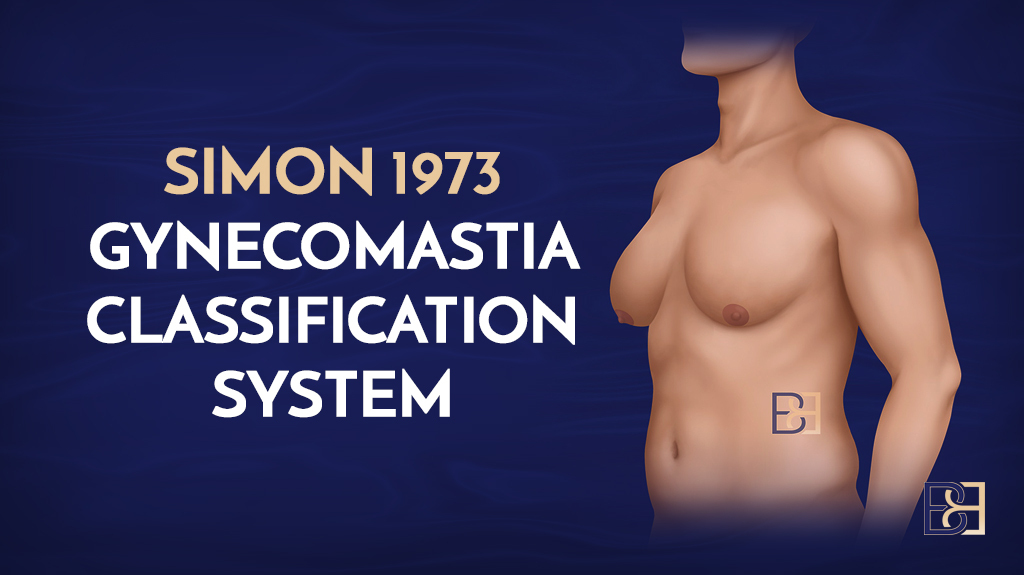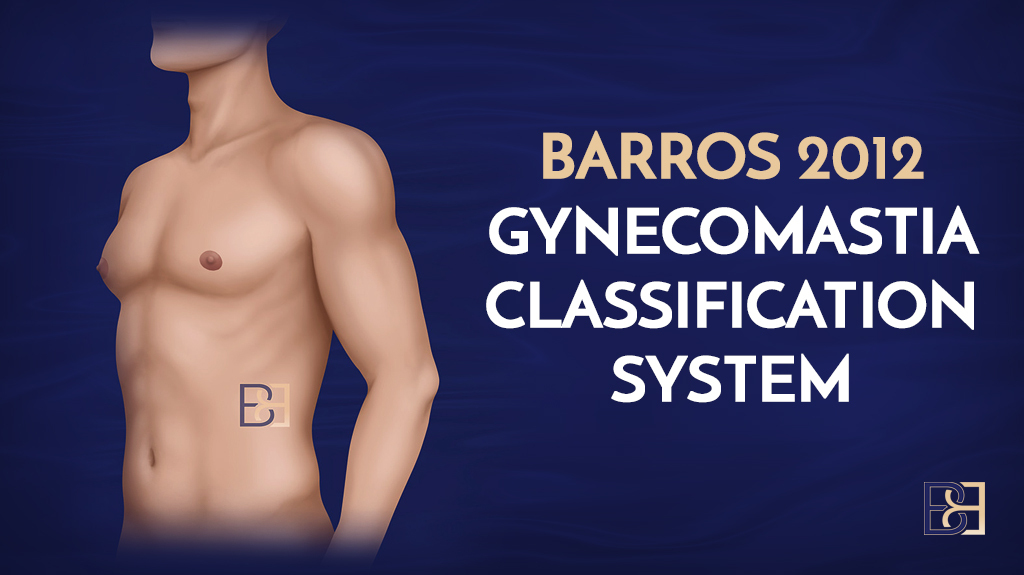Nydick 1961 Gynaecomastia Classification System
Introduced in 1961, the Nydick 1961 Gynaecomastia Classification System focuses on identifying gynecomastia in its early stages, particularly in adolescents. Unique in its simplicity and practical focus on clinical assessment, Nydick is unlike later systems that categorize gynaecomastia into various stages based on the extent of breast enlargement and skin









